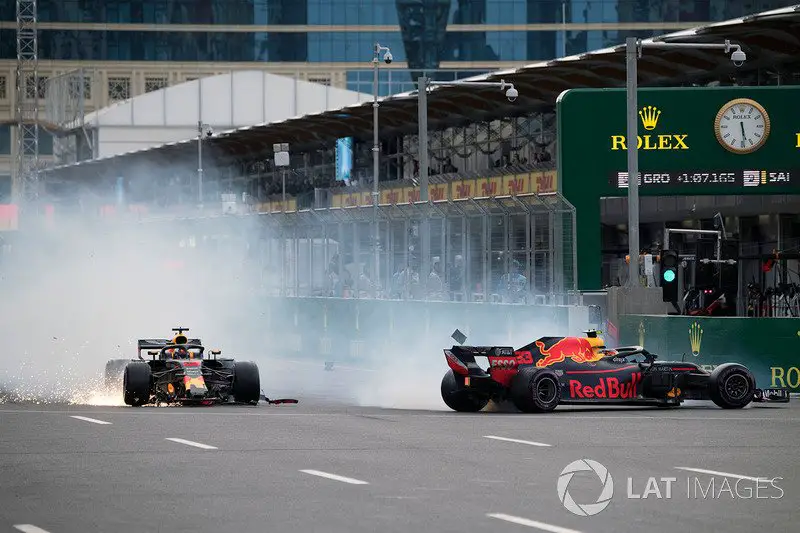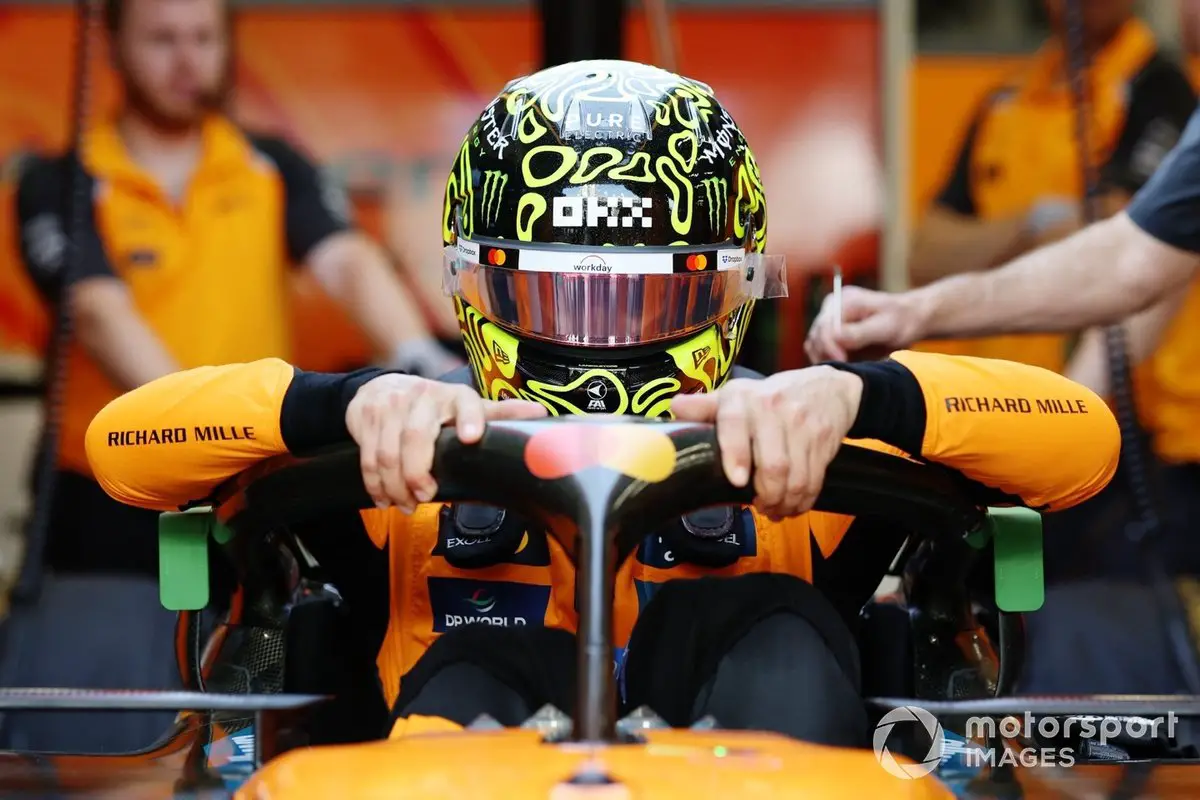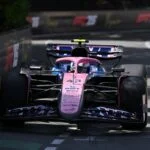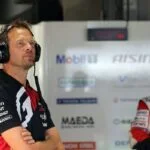Lando Norris’s Reflections on His Performance in Formula 1
In a revealing interview published on the official Formula 1 website, Lando Norris, the young British racing driver, discussed his self-critical approach and the lessons he has learned from his past performances. These words have gained even more significance as Norris faces challenges in the current season.
The Struggles of a Young Talent in Formula 1
Three consecutive races without maximum points have tested Norris’s resilience, reflecting the ups and downs that are part of any racing career. His introspective nature drives him to constantly evaluate his performance, a trait that some may view as a weakness but is essential for elite athletes seeking success.
The Growing Pains of Public Fame
Jenson Button, another British driver who made his F1 debut at the age of 20, offers an interesting comparison. Button’s early years in Formula 1 were marked by high expectations and intense scrutiny, much like Norris experiences today. The distractions of fame can be overwhelming, but it is through these challenges that drivers learn to navigate the complexities of public life.

Adapting to Change in Formula 1
The global popularity of Formula 1, fueled by ‘the Netflix effect,’ has broadened the appeal of drivers beyond national boundaries. Norris’s career trajectory was different due to the presence of other British drivers, but expectations have now shifted as he finds himself in a more competitive environment.

The Highs and Lows of Competition
Mistakes are an inevitable part of any racing career, and both Norris and his rival Max Verstappen have had their fair share. While Verstappen’s early errors seem like ancient history now, they offer valuable insights into the challenges faced by young drivers.
Understanding One’s Limitations
Norris’s self-critical nature leads him to question his own performance, particularly in qualifying sessions where he struggles to deliver the perfect lap. Team principal Andrea Stella attributes this issue to the MCL39’s unpredictability at its limit, a challenge that Norris must learn to navigate effectively.
Stella believes that the MCL39 has high grip levels but the shift from peak grip is abrupt, making it challenging for drivers like Norris to predict the car’s behavior at the limit. Understanding this aspect of the car will be crucial if Norris is to erase the errors holding him back and achieve success in the 2025 season.
The battle between Verstappen and Norris, and the potential rivalry between Norris and teammate Oscar Piastri, offers a fascinating study of two talented drivers navigating their unique challenges and mindsets. While Verstappen blames the car for his struggles, Norris sees himself as part of the problem, striving to adapt his driving style to work around the car’s unpredictability.
As Norris continues to grow and learn from his experiences, fans can look forward to witnessing his journey towards becoming a top contender in Formula 1.







